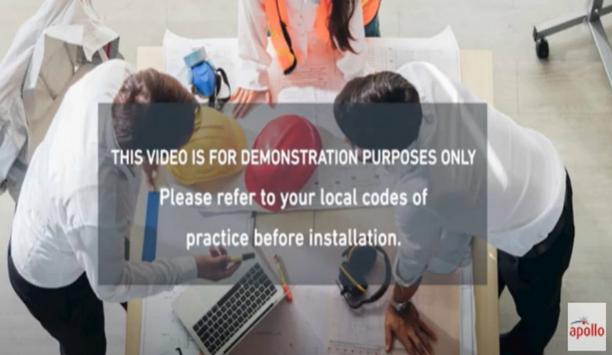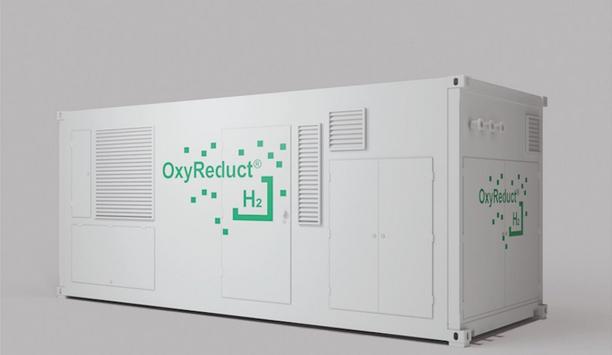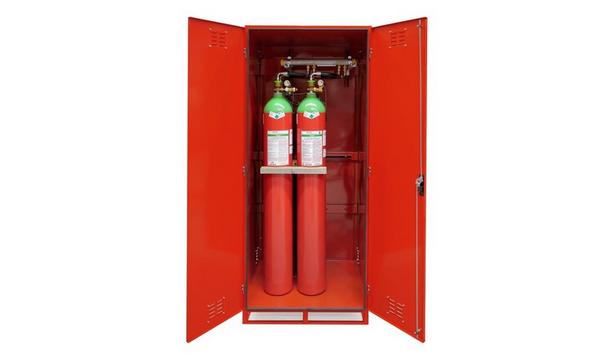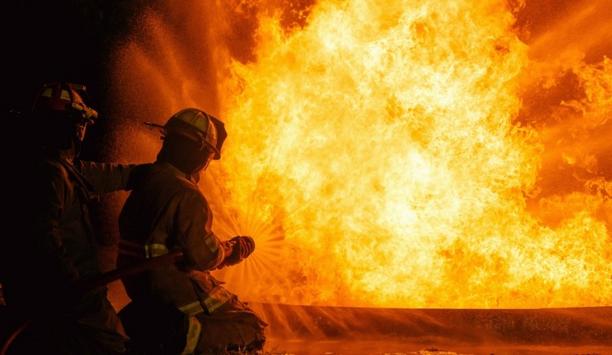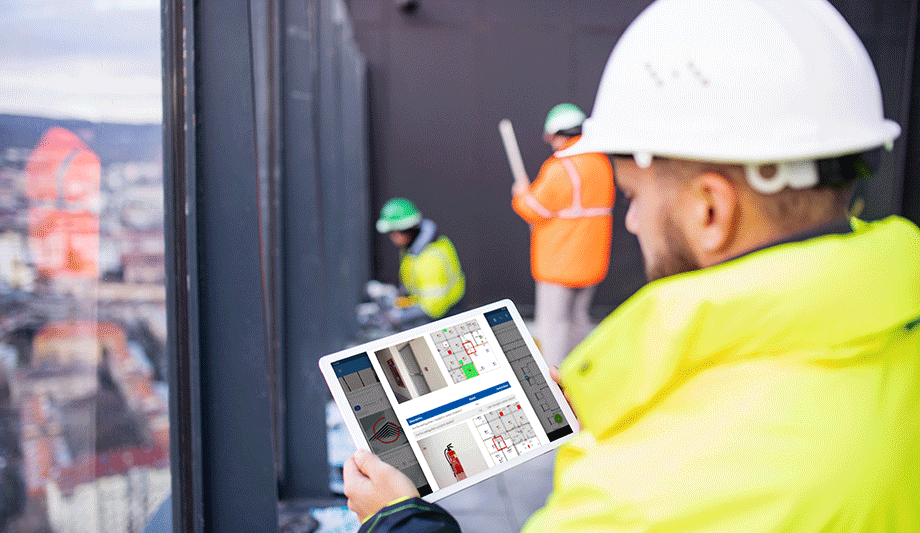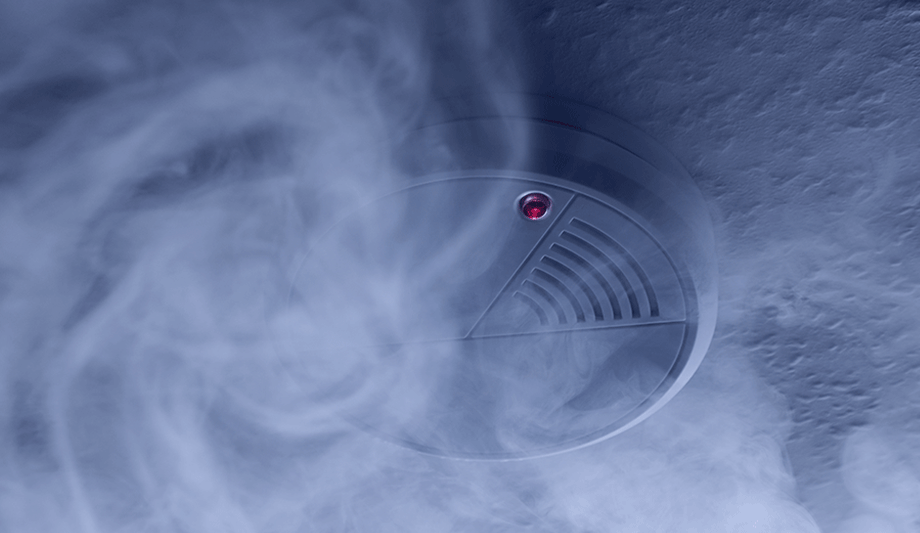With distribution of the COVID-19 vaccine accelerating around the globe, hopes are high that society can reclaim a sense of pre-pandemic normalcy in the coming months.
Organizations may look to call many of their remote workers back to physical buildings as the vaccine rollout continues. However, there are unique new challenges to in-person work in a post-pandemic world, as organizations who have maintained in-person workforces can attest.
Managing an in-person workforce in 2021
Marc Bognar, CPP, chair of the ASIS Security Services Community and panelist of the February 2, 2021 ASIS webinar, ‘What Tomorrow’s Security Officer is Facing Today’ offered advice on managing an in-person workforce in 2021.
Marc Bognar said, “Most of us had high hopes that 2021 would be different from 2020. However, the COVID-19 pandemic continues to challenge those hopes. Organizations had to quickly pivot to managing a remote workforce in 2020 and may now be managing considering a return to a hybrid or fully in-person workforce. However, managing that workforce will require adjustments and proactivity.”
Prioritizing health and cleanliness
Employees are now much more sensitized to health and cleanliness then they may have been in the past
Employees are now much more sensitized to health and cleanliness then they may have been in the past. Some will want a return to pre-pandemic routines. Additionally, according to The Centers for Disease Control and Prevention (CDC), as of June 2020, 40% of U.S. adults were struggling with mental health challenges and substance abuse.
With another 6 months of the pandemic since that report, the percentage of people struggling with mental health issues are likely to have increased substantially. That coupled with financial, medical and familial stress, and in many cases, a full year of remote work, could cause employees to act out or be less comfortable in in-person environments.
Adapting to new employee expectations
Organizations need to plan ahead and communicate the steps in advance that they plan to take to adapt to new employee expectations for cleanliness and health and to educate those employees on any new or continuing health related policies, even beyond the sunset of governmental restrictions. Organizations should consider how they will manage those that may resist any ongoing health-oriented regimes or policy changes.
Workplaces should consider flexibility for employees who may not be mentally or socially prepared to return to in-person work or may need increased Employee Assistance Resources that may not have been as readily available during the pandemic. Some workers may have lost a caregiver for younger or older family members, and may need time to adjust to a return to in-person work.
Adopting a phased in or partial return protocol
Lastly, employees may be more resistant to a return to in-person work when they view their roles as functioning well remotely. That could lead to a risk of attrition for key roles. A phased in or partial return protocol could avoid the loss of talent that could be difficult to replace if the labor market heats up as the pandemic ebbs.




